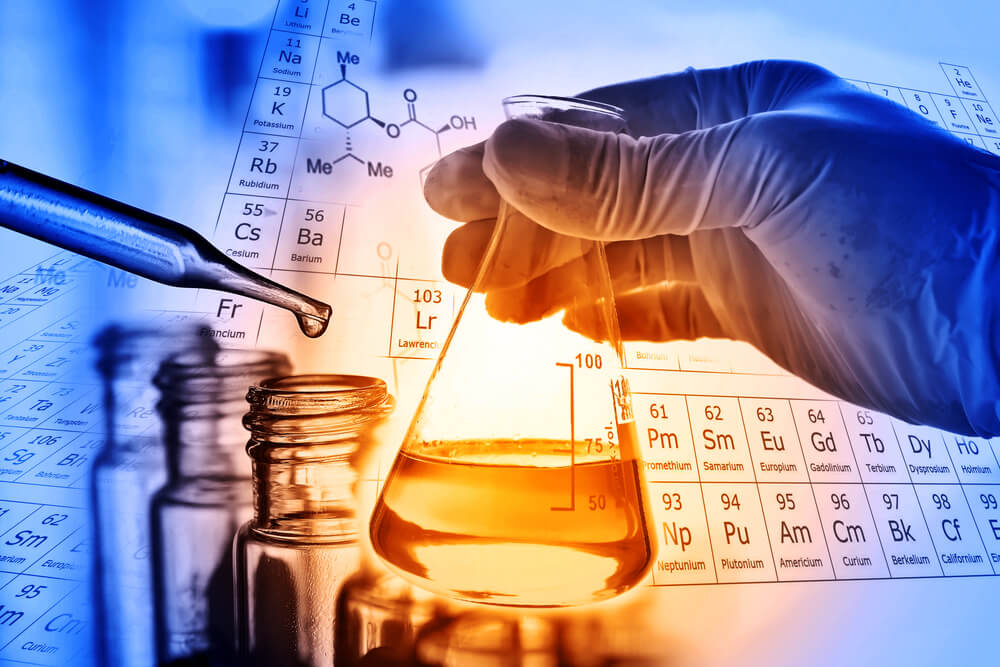Introduction: accidents or incidents can happen, especially while handling chemical items. There are several hazardous chemicals like sulphuric acid, sodium hydroxide, phenol, and many more. It's always advisable to closely follow any handling guidelines that may be attached. But, in case of mishaps, what is the best response to handle chemical incidents like burns,

What is a Chemical First Aid?
First aid is meant to bring relief from the effects of the chemical burn. It's always advisable.
What are some of the Types of Chemical Incidents
(a). Phenol Burns -it is a common chemical with several uses & purposes. However, there are severe reactions when it touches the skin or eyes or is mistakenly inhaled by a human; there are varied reactions.
(b). Acid Burns - acid causes a harsh corrosive reaction when it touches human tissue. An acid bur also constitutes serious long-term health issues and challenges.
There are still many other types of chemical burns and injuries. So, what is the best emergency chemical first aid treatment? Let's see below. A Few Quick Tips About Chemical First Aid -+
Emergency First Aid Treatment for Chemical Injury
(a). Hexaflourine - a decontaminant of the eyes and skin following a hydrofluoric acid chemical injury.
(b). Diphoterine - a wash-off solution that clears the effects of highly corrosive irritant chemicals from the skin.
Other Best Ways to Solve Chemical First Aid Problems
(a). Remove contaminated clothing & rinse chemicals off the skin
It's always best to do this in the immediate aftermath of a slight chemical injury. It helps wash off the reactive chemical & reduce its corrosive effect.
(b). Cover up the chemically burnt area with a clean bandage
After the affected part is flushed with the right amount of soothing minerals and water, cover it up. Covering with clean, disinfected, and medicated bandages is the best step to take. You protect it from other bacteria and safeguard your skin from further damage. The bandage must be breathable and fresh.
(c). Protect & Preserve nerves and sensitive tissue exposure
It is a good idea to keep the eyes free from possible effects. The eyes are fresh tissue connected to several nerves. Protecting your eyes from all chemical hazards is a vital step. Never let dangerous chemicals get into them or other delicate biological tissue.
(d). Consult your nearest physician
Consulting your physician is a great step to preserve your health. The chemicals can cause damage inside and outside of the body. The faster you alert medical personnel, the better they can curtail potential internal effects.
Summary: A chemical injury first aid is the first step to reversing the effects of chemical-related accidents.
Today, across offices, homes, and other places, chemicals are used for different uses and purposes. It is possible for accidents to happen at any time without a forewarning. But there are also several chemical first aid treatments that can help to neutralize the health and life-threatening effects of chemical injury. With the right chemical burns treatments, most, if not all, injuries can be dealt with successfully.
For More Info :-
Source URL :- https://sites.google.com/view/chemical-injury-first-aid/home